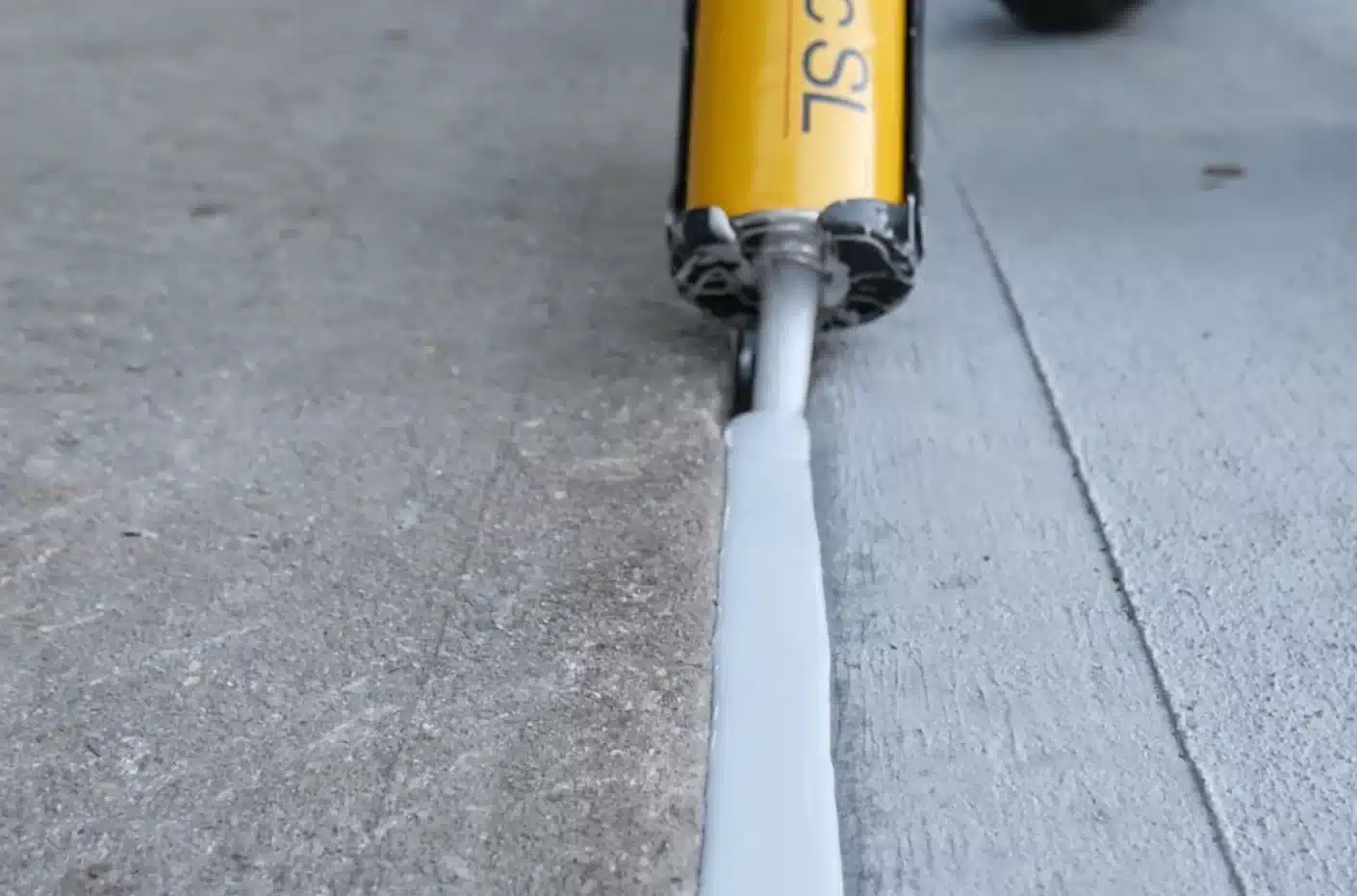
How to Choose the Right Sealant: A Comprehensive Guide
Choosing the right sealant can be the difference between a long-lasting, watertight repair and a frustrating, leaky mess. Whether you’re tackling a DIY home project, working on your car, or sealing up an outdoor fixture, understanding sealant types and their applications is crucial. This comprehensive guide will walk you through the key considerations and help you select the perfect sealant for your needs.
Why Does Sealant Choice Matter?
Sealants are designed to create a barrier against air, water, and other substances, preventing leaks and damage. However, not all sealants are created equal. Using the wrong type can lead to:
- Failure: Sealants may crack, peel, or lose adhesion, resulting in leaks.
- Damage: Some sealants can react negatively with certain materials, causing corrosion or discoloration.
- Ineffectiveness: A sealant might not withstand the environmental conditions it’s exposed to (e.g., extreme temperatures, UV exposure).
Understanding Different Sealant Types
To make an informed decision, you need to know the common sealant types and their properties:
- Silicone Sealants:
- Known for their flexibility, durability, and resistance to extreme temperatures and UV radiation.
- Excellent for wet environments like bathrooms and kitchens.
- Come in various formulations, including acetoxy (strong odor, fast cure) and neutral cure (low odor, versatile).
- Acrylic Sealants (Caulks):
- Water-based, easy to apply and clean up.
- Ideal for indoor applications like filling gaps around windows and doors.
- Paintable, making them suitable for cosmetic repairs.
- Less flexible and durable than silicone, not ideal for high-moisture areas.
- Polyurethane Sealants:
- Extremely durable and flexible, suitable for demanding applications.
- Excellent adhesion to various materials, including concrete, metal, and wood.
- Resistant to weathering, chemicals, and abrasion.
- Often used in construction and automotive applications.
- Butyl Rubber Sealants:
- Highly resistant to moisture and weathering.
- Excellent for sealing joints in roofing, gutters, and flashing.
- Flexible and long-lasting, even in harsh outdoor conditions.
- Polysulfide Sealants:
- Used in areas requiring resistance to fuels and chemicals.
- Often used in aerospace and marine applications.
- Excellent flexibility and weathering resistance.
Factors to Consider When Choosing a Sealant
To select the right sealant, consider these factors:
- Application Area:
- Indoor vs. Outdoor: Outdoor sealants need to withstand UV radiation, temperature fluctuations, and moisture.
- Wet vs. Dry: High-moisture areas require sealants with excellent water resistance (e.g., silicone or butyl rubber).
- Material Compatibility: Some sealants may not adhere well to certain materials or could cause damage. Always check the product label for compatibility information.
- Flexibility:
- Areas subject to movement or expansion/contraction (e.g., joints between different materials) require flexible sealants (e.g., silicone or polyurethane).
- Durability:
- For long-lasting repairs, choose a sealant with high durability and resistance to weathering and chemicals.
- Cure Time:
- Some sealants cure quickly, while others take longer. Consider the project timeline and whether a fast or slow cure is preferable.
- Paintability:
- If you need to paint the sealant, choose an acrylic caulk that is specifically designed for painting.
- Temperature Resistance:
- Areas that are subject to extreme temperatures will need sealants rated for those conditions.
- Chemical Resistance:
- Areas that are exposed to chemicals, like automotive or industrial applications, require sealants rated for chemical resistance.
- Adhesion:
- Make sure the sealant adheres to the specific materials you are working with.
Tips for Applying Sealant
- Clean the Surface: Ensure the surface is clean, dry, and free of debris.
- Cut the Nozzle: Cut the nozzle at a 45-degree angle for a smooth bead.
- Apply Evenly: Apply a consistent bead of sealant along the joint.
- Smooth the Sealant: Use a sealant smoothing tool or your finger to create a smooth, even finish.
- Allow to Cure: Follow the manufacturer’s instructions for cure time.
Conclusion
Choosing the right sealant is essential for achieving a successful and long-lasting repair. By understanding the different types of sealants and considering the factors outlined in this guide, you can confidently select the perfect product for your project. Remember to always read the manufacturer’s instructions and take the time to prepare the surface properly for optimal results. With the right sealant and proper application, you can tackle any sealing project with confidence. For simplified solutions and expert guidance, consider trusted sealant specialists, like Sealant Worx Limited, to make your project easier. With the right sealant and application, any project is achievable.





